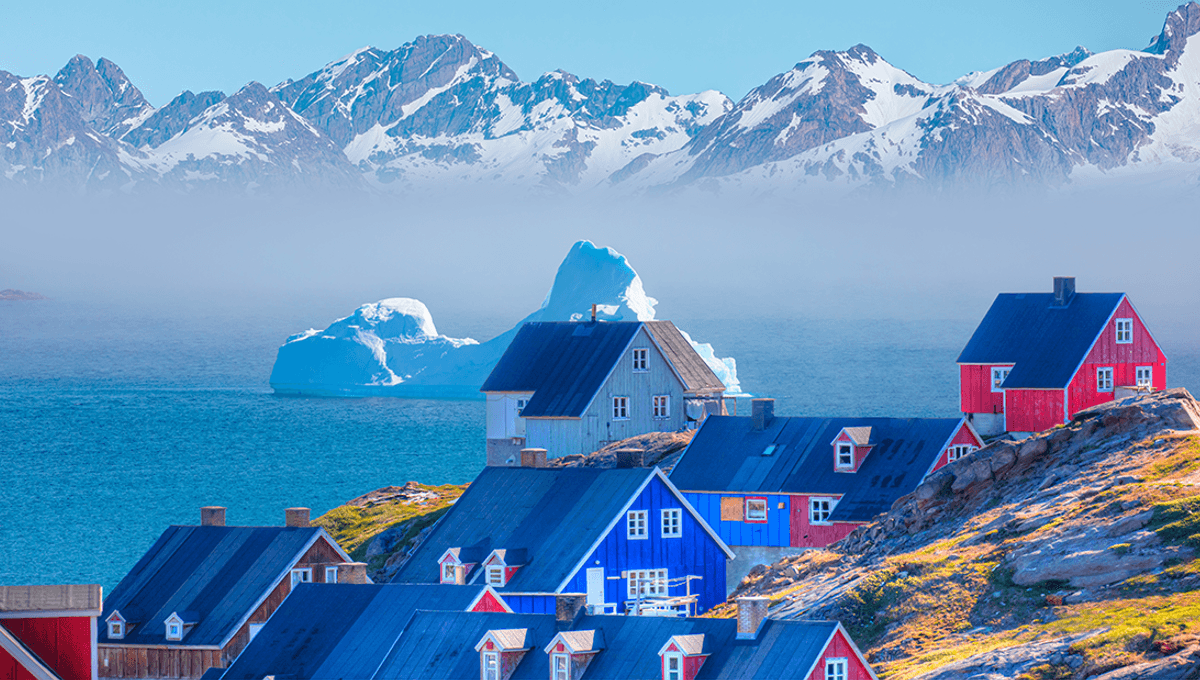Words and Wilderness: How Language Adapts to Earth's Hidden Landscapes

Beyond the Frozen Vocabulary: The Linguistic Richness of Inuit Snow Words
The long-standing linguistic legend about Inuit languages having an extraordinary number of words for snow isn't just a myth—it's a fascinating glimpse into a culture deeply connected to its Arctic environment. Researchers have discovered that the Inuit people's remarkable vocabulary reflects their intricate understanding of snow's many forms, textures, and conditions.
Far from being a simple exaggeration, this linguistic phenomenon reveals how language evolves to capture the nuanced experiences of a specific environment. In the harsh Arctic landscape, snow isn't just snow—it's a complex, ever-changing substance that can mean the difference between survival and peril. Each distinct word represents a unique state of snow: from freshly fallen powder to hard-packed ice, from treacherous drifts to stable walking surfaces.
Linguists and anthropologists now recognize that this linguistic specificity is more than just a curiosity—it's a testament to human adaptability and the profound ways in which language shapes our perception of the world around us. The Inuit snow vocabulary stands as a powerful example of how deeply language can be intertwined with cultural experience and environmental understanding.
